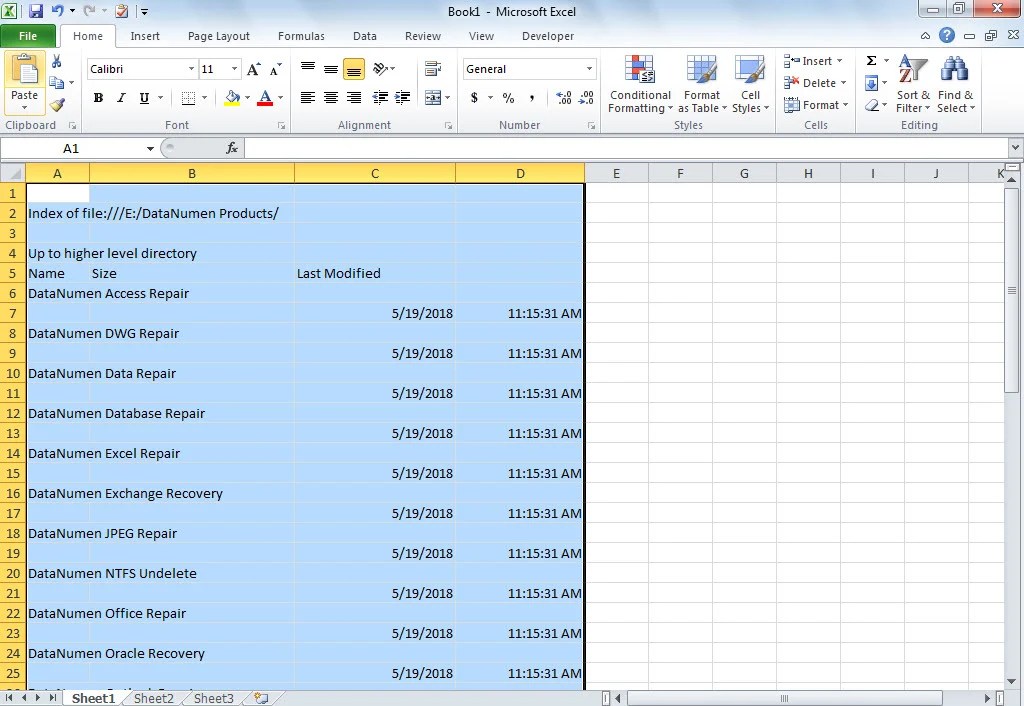Copy Excel Formulas to Another Sheet Easily

The convenience of managing and organizing data is vital in today's digital workspace, where spreadsheets are more than just a tool—they are the backbone of decision-making processes across numerous fields. Microsoft Excel, a cornerstone of this productivity, offers numerous features, including one that is particularly useful for those looking to efficiently copy formulas from one sheet to another. Let's delve into the art of copying Excel formulas to another sheet with ease.
Understanding Excel Formulas

Excel formulas are expressions designed to perform calculations, manipulate data, and automate tasks within your spreadsheets. Whether you’re calculating sums, averages, or more complex computations like dynamic range references, understanding formulas is the key to unlocking the full potential of Excel. Here are some fundamental aspects:
- Structure: A formula begins with an equal sign (=), followed by cell references, numbers, or functions.
- Functions: Excel’s vast library of functions like SUM, AVERAGE, and IF can automate complex computations.
- Relative vs. Absolute References: How cells adapt when formulas are copied or moved.
Preparing for the Copy

Before you start copying formulas, consider these preparation steps:
- Ensure your source sheet has the correct formulas set up.
- Check if the target sheet is set up to receive these formulas without causing any issues like reference errors.
- Understand the nature of the references in your formula (relative, absolute, or mixed).
Manual Copying Process

To manually copy a formula to another sheet:
- Select the cell containing the formula you wish to copy.
- Copy the formula using Ctrl + C (Windows) or Command + C (Mac).
- Switch to the destination sheet and select the cell where you want to paste the formula.
- Paste the formula using Ctrl + V (Windows) or Command + V (Mac).
Using Fill Handle

The Fill Handle is a small square at the bottom-right corner of a selected cell or range, which can be dragged to copy content across adjacent cells. Here’s how to use it for formulas:
- Select the cell with the formula.
- Drag the Fill Handle over the range where you wish to copy the formula, ensuring you include cells in other sheets if necessary.
💡 Note: The Fill Handle automatically adjusts relative references, which is especially useful when copying across multiple cells or sheets.
Utilizing Excel’s Paste Options

Excel provides multiple paste options, each designed for specific needs:
- Paste Formulas: Pastes the formula but not its formatting or values.
- Paste Values: Strips the formula and only copies the resulting value.
- Transpose: Rotates data from columns to rows or vice versa.
Advanced Copying Techniques

As your Excel proficiency grows, you might need advanced techniques:
- Dynamic Ranges: Use Excel’s OFFSET or INDIRECT functions to create dynamic formulas that update automatically when copied.
- Named Ranges: Naming cell ranges simplifies formula referencing and reduces errors when copying.
- Array Formulas: These can perform multiple calculations in a single formula, which can then be copied across multiple sheets.
Tips for Accurate Copying

To ensure your formulas are copied correctly, here are some tips:
- Verify that the destination sheet’s structure mirrors the source for seamless integration.
- Be cautious with absolute and relative references to prevent unintended changes.
- Check for hidden rows or columns which might interfere with the formula copying process.
👌 Note: Sometimes, manually adjusting references after copying can help maintain the formula’s accuracy.
Best Practices for Formula Copying

When dealing with formulas, adopt these best practices:
- Test your formulas in a small area first before copying them across a larger dataset.
- Use Excel’s auditing tools to trace dependencies and identify potential issues with formula references.
- Regularly backup your spreadsheet, especially before making large-scale changes.
In summary, Excel’s formula copying capabilities, when harnessed effectively, can save hours of manual input. By understanding and utilizing the techniques described, you can maintain the integrity of your data and automate repetitive tasks with ease. This ensures your spreadsheets remain accurate, efficient, and scalable.
Can I copy formulas from Excel to other programs?

+
Yes, you can copy Excel formulas to other programs like Google Sheets or even Microsoft Word using paste options, though some functionality might be lost.
How do I update formulas automatically when copied to another sheet?

+
Use dynamic ranges or named ranges in your formulas, which will automatically adjust when the formulas are copied to another sheet.
What can I do if my formula references are incorrect after copying?

+
Check the cell references in your copied formulas, convert relative references to absolute references as necessary, or use Excel’s auditing tools to trace dependencies.